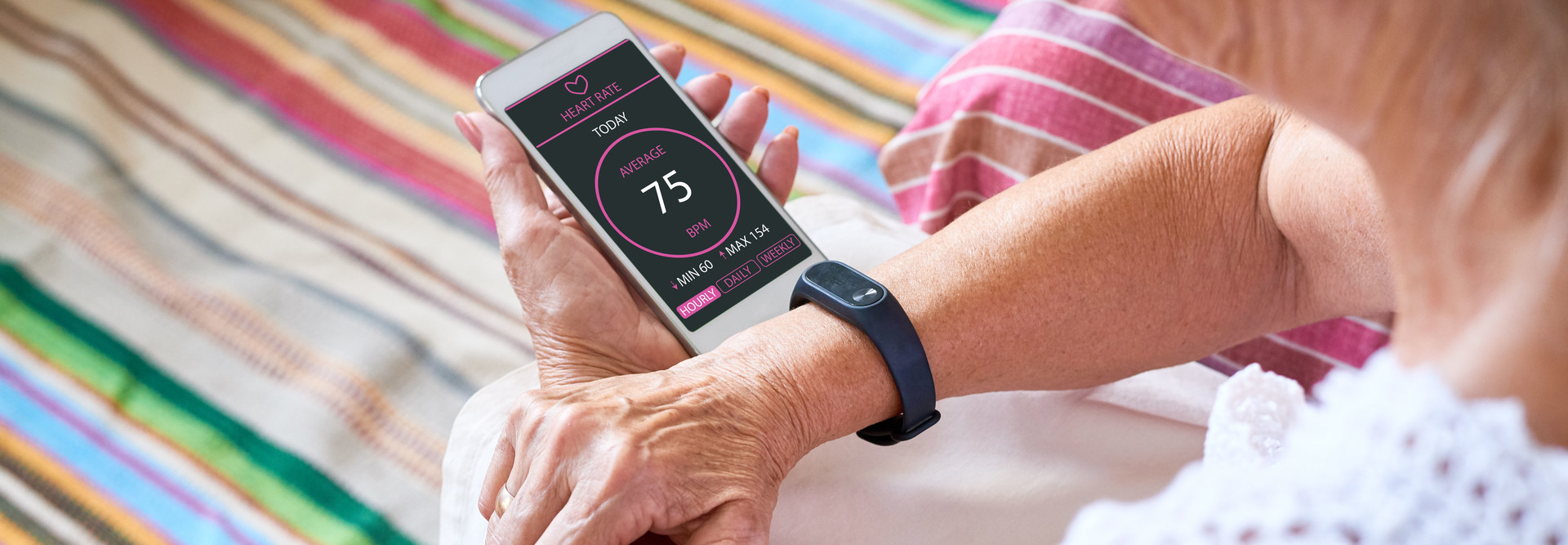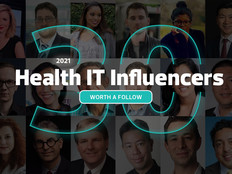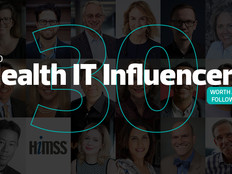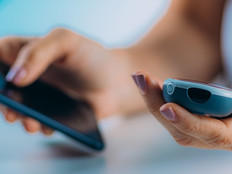The Internet of Things in healthcare is continuously growing. According to an Aruba Networks report, 87 percent of healthcare organizations will be using IoT devices by this year.
A separate report from Accenture found that today’s healthcare organizations dedicate an average of 10 percent of their overall IT budget to IoT solutions, with their investments rising incrementally as a hospital’s budget grows.
These interconnected tools help hospitals automate time-consuming administrative tasks, track medication inventory and enhance building security, among other critical functions. Even better, they enhance high-quality care that can help prevent costly readmissions.
The 2017 Accenture report states 73 percent of healthcare professionals reported cost savings since adopting IoT devices. The report also notes remote patient monitoring, wellness programs and data analysis that can prompt more intuitive decision-making are key IoT benefits.
There has never been a better time for hospitals to invest in IoT devices.
MORE FROM HEALTHTECH: Learn how 5G and IoT can enhance the patient care paradigm.
Saratoga Hospital Adopts IoT for Patient Monitoring
Consider Saratoga Hospital in Saratoga Springs, N.Y. The hospital found itself bogged down with administrative tasks — such as taking patients’ vital signs every few hours — and manually logging the results.
In an effort to improve clinical outcomes and enhance patient safety, the organization turned to Philips for IoT-enabled patient monitoring technology. Philips’ IntelliVue Guardian Solution automatically acquires patients’ vital signs and helps identify subtle indicators of deterioration, alerting caregivers to take swift and effective action when needed.
Since its adoption of the Philips system, Saratoga Hospital has seen a 63 percent reduction in transfers to its intensive care unit.
Because patient monitors are one of the most common IoT devices (used by 64 percent of providers, according to Aruba Networks), they’re a straightforward way for healthcare organizations to reduce costs and increase productivity.
IoT Helps Streamline the Patient Experience
IoT technology has helped meet increased demand from younger generations to receive virtual care through remote patient monitoring via wearables such as Fitbit and Apple Watch.
This approach not only improves the patient experience by eliminating the need for some office visits, but also helps enhance patient care. The Accenture report notes healthcare systems and insurance providers consider wearables a major part of their wellness IoT solutions; both groups cited consumer satisfaction as a top driver.
The report also states the majority of remote patient monitoring IoT investments are focused on cardiac conditions.
At the University of Pittsburgh Medical Center Magee-Women’s Hospital, teams are using the technology to monitor women with pregnancy-associated hypertension. Participants are given a blood pressure cuff and asked to download an app on their phones upon their discharge to monitor their condition.
Most women who experience hypertension during pregnancy notice the condition goes away after they give birth. Since the pilot launch, the hospital found that 57 percent of participating patients were able to skip their first appointment due to the remote monitoring.
Beyond wearables, Oishei Children’s Hospital in Buffalo, N.Y., is adopting IoT along with wayfinding technology to reduce visitor anxiety. A smartphone app integrated with a patient’s electronic health record can provide appointment notifications, estimated arrival times and guided directions through the necessary facilities. It can also help find nearby parking.
The benefits IoT devices offer patients and providers, both inside and outside of hospitals, are tangible. By investing in IoT technology, hospitals can help both parties save time and money, as their facility takes a meaningful step into the future.
This article is part of HealthTech’s MonITor blog series. Please join the discussion on Twitter by using #WellnessIT.













